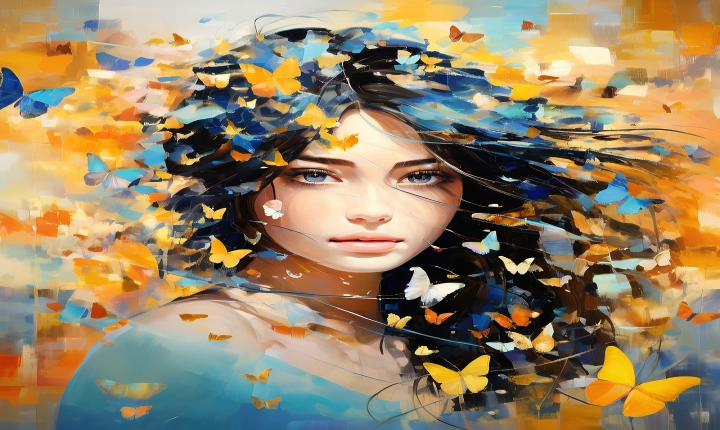Illustrating a children’s book with artificial intelligence (AI) is a fascinating and innovative way to create stunning, engaging visuals for young readers. AI has opened up new possibilities for artists and illustrators, allowing them to combine traditional hand-drawn techniques with the power of machine learning to produce captivating imagery. Here, we explore the steps and considerations for using AI to illustrate a children’s book.
Step 1: Conceptualizing the Illustrations
Before diving into the technical aspects, it’s crucial to have a clear understanding of the story and the type of illustrations that will best bring the narrative to life. Collaborating with the author or publisher to develop a visual concept for the book is the first step in the creative process.
AI can be particularly helpful in generating ideas and concepts through tools like generative adversarial networks (GANs), which can autonomously create a wide range of visual concepts based on input criteria. By leveraging AI-generated concepts, illustrators can explore a broad spectrum of styles and approaches, helping to refine the vision for the book’s illustrations.
Step 2: Creating Digital Artwork
Once the conceptualization phase is complete, the actual creation of illustrations begins. Artists can use AI-based tools to digitally draw and paint their artwork. One such tool that has gained popularity in the art community is Adobe’s Fresco, which incorporates AI-powered brushes that can simulate different painting styles and textures.
Another powerful AI tool for creating digital artwork is Runway ML, which provides access to a variety of machine learning models that can aid in the generation of unique visual effects and styles. These tools enable illustrators to experiment with different techniques, such as style transfer, where the characteristics of one image are applied to another, resulting in original and visually compelling illustrations.
Step 3: Enhancing Efficiency with Automation
AI can also streamline the illustration process by automating repetitive tasks. For example, AI algorithms can be used to generate background scenes, textures, and patterns, saving time and effort for the artist. This efficiency allows illustrators to focus on more creative and expressive aspects of their work, ultimately enhancing the overall quality of the illustrations.
Additionally, AI-powered colorization tools can help artists quickly and accurately add color to their illustrations. By automating this process, illustrators can experiment with different color palettes and effortlessly make adjustments, ensuring that the final artwork perfectly complements the book’s narrative.
Step 4: Maintaining Artistic Expression
While AI can be a valuable tool in the illustration process, it’s essential to ensure that the artistic expression and unique style of the illustrator remain at the forefront. AI should serve as a creative assistant rather than a replacement for human creativity. Artists should carefully select and customize AI tools to align with their personal artistic vision and style, ensuring that the final illustrations are a genuine reflection of their talent and imagination.
In Conclusion
Illustrating a children’s book with AI presents an exciting opportunity for artists to push the boundaries of traditional illustration techniques. By embracing AI tools and techniques, illustrators can enhance their creative process, streamline production, and ultimately create captivating visuals that resonate with young readers. As AI continues to advance, it is likely to become an indispensable resource for illustrators, opening up new possibilities for storytelling and visual expression in children’s literature.
